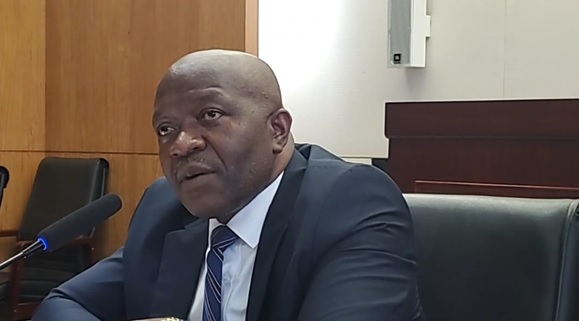MONROVIA – The Ministry of Finance and Development Planning has revealed that Liberia’s national debt surged to US$2.6 billion as of June 30, 2024, marking a 7.4% increase from US$2.4 billion at the end of December 2023. This steep rise in just six months has sparked widespread criticism and concern over the country’s financial trajectory.
The rise in Liberia’s debt was primarily driven by disbursements totaling US$207.4 million, with significant portions coming from international lenders such as the International Development Association (IDA), Bank Leumi, the African Development Bank (AfDB), and the African Export-Import Bank (Afrexim), which contributed US$50 million towards the construction of the Roberts International Airport Road.
Additionally, external debt alone grew by 8.8% during the period, rising from US$1.3 billion in December 2023 to US$1.5 billion by mid-2024. Domestic debt also saw a 5.4% increase, standing at US$1.1 billion in June 2024, fueled by the recognition of US$64 million in domestic debt from an IMF/ECF budget support loan through the Central Bank of Liberia (CBL) and the inclusion of US$7.6 million in verified court claims by the General Auditing Commission (GAC).
While the government cited these increases as part of its efforts to meet pre-existing loan obligations and support development projects, public reaction has been highly critical. On social media, many Liberians voiced frustration, questioning the utility of the borrowed funds in addressing key national issues, including rising costs of education, poverty, and the slow pace of development.
One social media user, Alex Kandakai, lashed out at the government, asking, “What did this government do with the US$200 million they borrowed in just nine months? LEC [Liberia Electricity Corporation] still has unpaid balances, and there’s no clear indication of where $15.2 million in extra-budgetary spending went. We see no tangible results.”
Similarly, another commentator, Meshach Yoogar, expressed alarm at the rapid rise in debt: “In just eight months, the national debt has increased by 7.4%. What is this money being used for? If the government met the debt at US$2.4 billion, and in eight months it’s already grown by that much, are they planning to reduce it or triple it before the end of their term?”
Economists have also raised concerns about the potential long-term effects of Liberia’s escalating debt. Sylvester Geebarh Boque Krah warned that the growing debt portfolio could plunge Liberia into a serious fiscal and macroeconomic crisis, citing Liberia’s Public Financial Management (PFM) Act of 2009, which limits the country’s debt-to-GDP ratio to 60%. He added, “Exceeding this threshold will severely limit Liberia’s ability to secure future loans, and aggressive fiscal reforms are needed now to prevent such a situation.”
However, some have defended the government’s handling of the debt, pointing out that much of the increase stems from pre-existing loan agreements made by previous administrations. Del-Francis Wreh noted, “It’s important to remember that the current government is dealing with debt obligations inherited from past administrations, including court-verified claims and IMF budget support loans. This doesn’t mean they’re recklessly contracting new loans.”
Still, for many ordinary Liberians, the rapid rise in debt is seen as a troubling sign of mismanagement. With little improvement in public services, education, and infrastructure, the question remains: how much longer can Liberia afford to keep borrowing, and will the people see the benefits of these loans?
As Liberia’s national debt continues to climb, the government faces increasing pressure to justify its borrowing practices, improve transparency, and ensure that the funds are being used for the country’s development. Public demands for accountability are growing louder, and it remains to be seen how President Joseph Boakai’s administration will respond to the mounting criticism.







